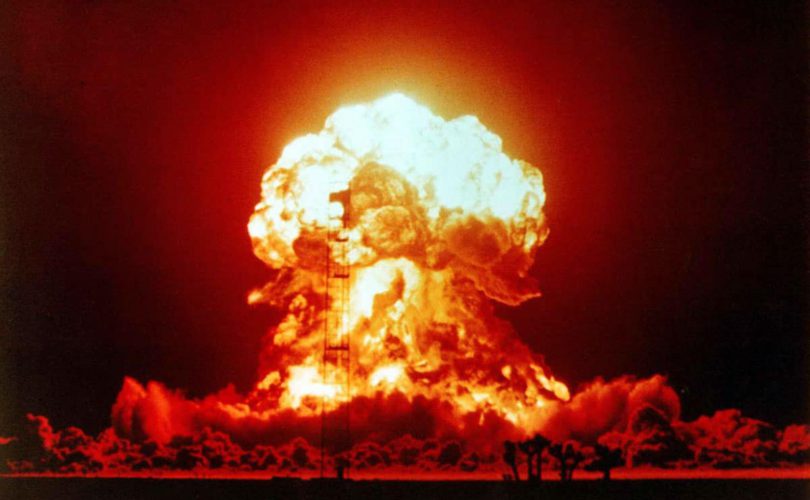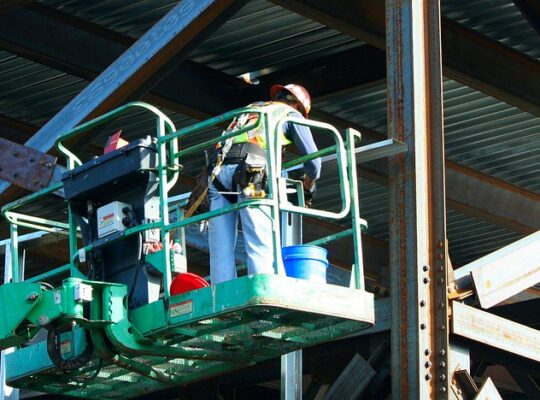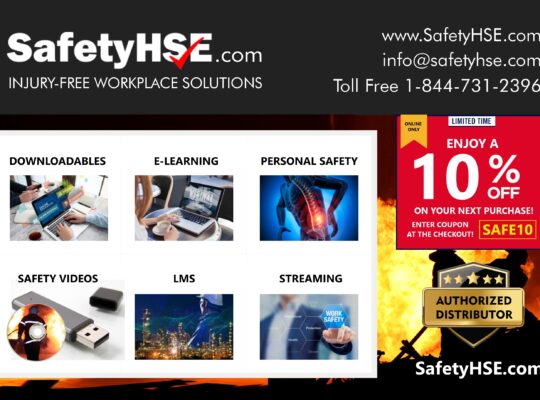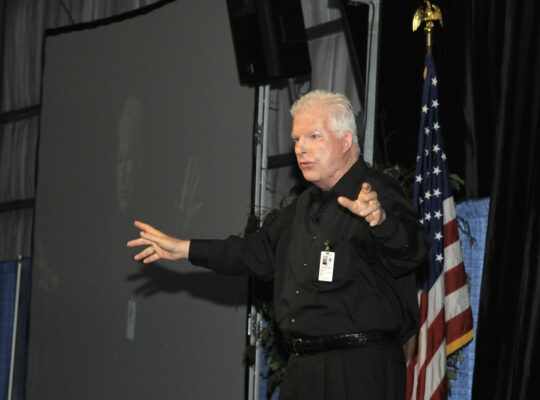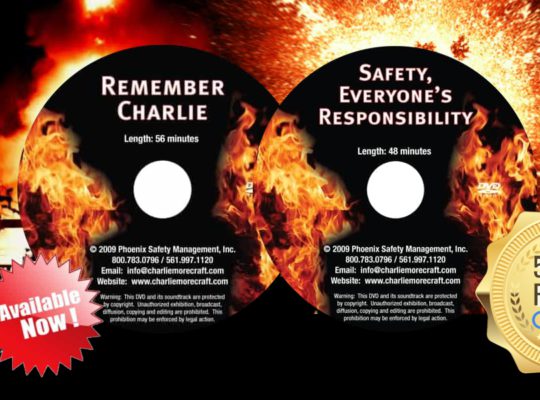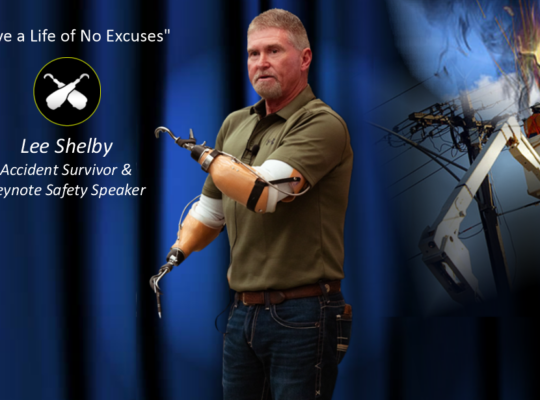Near Misses and Incident Investigation
In the past, the term “accident” was often used when referring to an unplanned, unwanted event. To many, “accident” suggests an event that was random, and could not have been prevented. Since nearly all worksite fatalities, injuries, and illnesses are preventable, OSHA suggests using the term “incident” investigation.
OSHA strongly encourages employers to investigate all incidents in which a worker was hurt, as well as close calls (sometimes called “near misses”), in which a worker might have been hurt if the circumstances had been slightly different.
Investigating a Worksite Incident
In conducting an incident investigation, the team must look beyond the immediate causes of an incident. It is far too easy, and often misleading, to conclude that carelessness or failure to follow a procedure alone was the cause of an incident. To do so fails to discover the underlying or root causes of the incident, and therefore fails to identify the systemic changes and measures needed to prevent future incidents.
Incident investigations are often conducted by a supervisor, but to be most effective, these investigations should include managers and employees working together, since each bring different knowledge, understanding and perspectives to the investigation.
Investigating a worksite incident- a fatality, injury, illness, or close call- provides employers and workers the opportunity to identify hazards in their operations and shortcomings in their safety and health programs. Most importantly, it enables employers and workers to identify and implement the corrective actions necessary to prevent future incidents.
When a shortcoming is identified, it is important to ask why it existed and why it was not previously addressed.
For example:
- Did production pressures play a role, and, if so, why were production pressures permitted to jeopardize safety?
- Was the procedure out-of-date or safety training inadequate? If so, why had the problem not been previously identified, or, if it had been identified, why had it not been addressed?
- If a procedure or safety rule was not followed, why was the procedure or rule not followed?
Addressing underlying or root causes is necessary to truly understand why an incident occurred, to develop truly effective corrective actions, and to minimize or eliminate serious consequences from similar future incidents.
These examples illustrate that it is essential to discover and correct all the factors contributing to an incident, which nearly always involve equipment, procedural, training, and other safety and health program deficiencies.
TO ASSIST EMPLOYERS AND WORKERS IN CONDUCTING EFFECTIVE INCIDENT INVESTIGATIONS, AND TO DEVELOP CORRECTIVE ACTION PLANS, THE FOLLOWING RESOURCES CAN HELP:
- Washington State Department of Labor & Industries. Accident Investigation Basics. (2009). This PowerPoint-based online training module provides an overview on conducting root-cause workplace incident investigations.
- OSHA. Incident [Accident] Investigations: A Guide for Employers. (2015). This guidance document provides employers with a systems approach to identifying and controlling the underlying or root causes of all incidents in order to prevent their recurrence.
- OSHA Fact Sheet. Root Cause: The Importance of Root Cause Analysis During Incident Investigation.(2016). This fact sheet provides guidance for identifying root causes of incidents and/or near misses in order to prevent their recurrence.
- National Safety Council. How to conduct an incident investigation. (2014). This four-page guidance document, developed by the OSHA/NSC National Alliance, provides brief guidance on conducting an incident investigation.
Source: https://www.osha.gov/incident-investigation
Accidents don’t happen to me. Accidents happen to someone else …
Everyone wakes-up to the high cost of an accident not only to themselves but to their family. Seldom are people confronted by the real consequences of abuse in safety practices. If you and your employees “Remember Charlie”, you’ll remember to follow safety procedures.
Charlie’s story has become a phenomenon in the OHS world. AVAILABLE IN 50+ LANGUAGES!
Remember Charlie safety video features charlie’s journey from death’s door following a refinery explosion, to his position as the world’s leading presenter on why we all should follow safety procedures precisely.
The shortcut he took from standard procedures resulted in Charlie being burned over 50% of his body, five years in hospital, the loss of his family, the loss of everything he treasured. Not just a title but a call to action, Remember Charlie captures the audience with a common language (“Accidents don’t happen to me. Accidents happen to someone else.”) With the audience on the edge of their seats, Charlie drives home the importance of following safety procedures.
OSHA Compliance DVD’s and Videos
We offer motivational safety videos, safety DVD’s, custom safety programs, safety webinars and orientation programs to help employers reduce their on the job accidents and injuries. Our main keynote safety speakers have produced OSHA compliant videos suitable for all types of industries. We have a safety training videos that will meet your needs, motivate your employees, keep them safe at work and return home safe at the end of the day. We ship our videos quickly and conveniently. You might also check out online digital safety platform accessible 24/7 for all your videos in one place. Training, OSHA compliance, and accident prevention … our products are suitable for all your needs.
Charlie Morecraft is a dynamic speaker who touches an audience through his autobiographical story, emphasizes taking responsibility for one’s actions and one’s safety. Standard training meetings, videos, and seminars demonstrate how to follow safety procedures. Charlie Morecraft tells you why you should. PS.: All “Remember Charlie” languages that are spoken are available with English Subtitles Upon Request.

